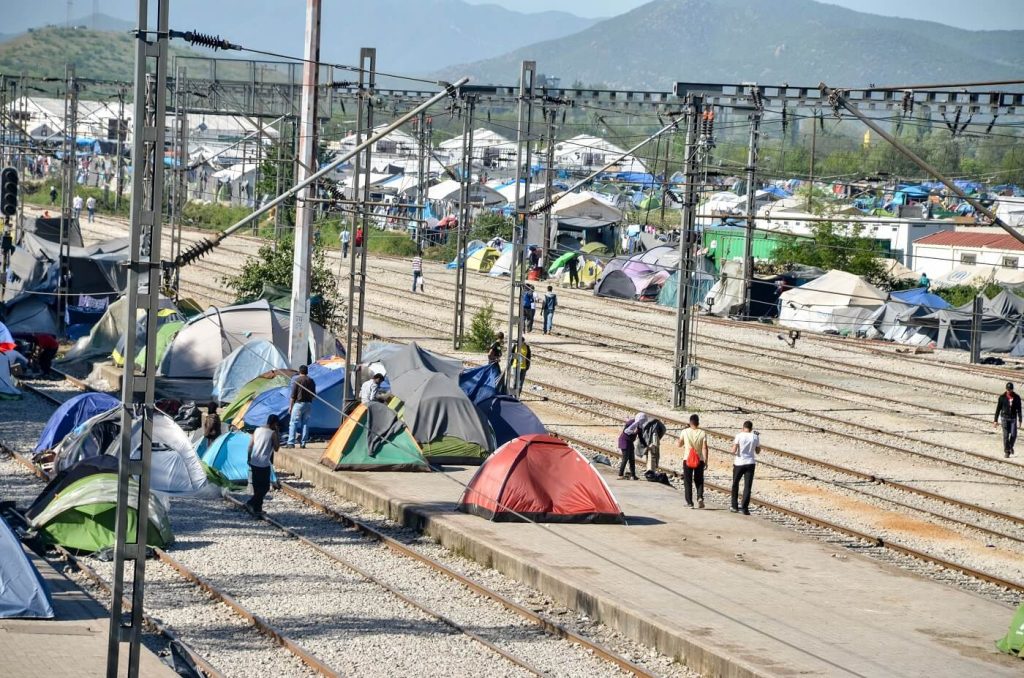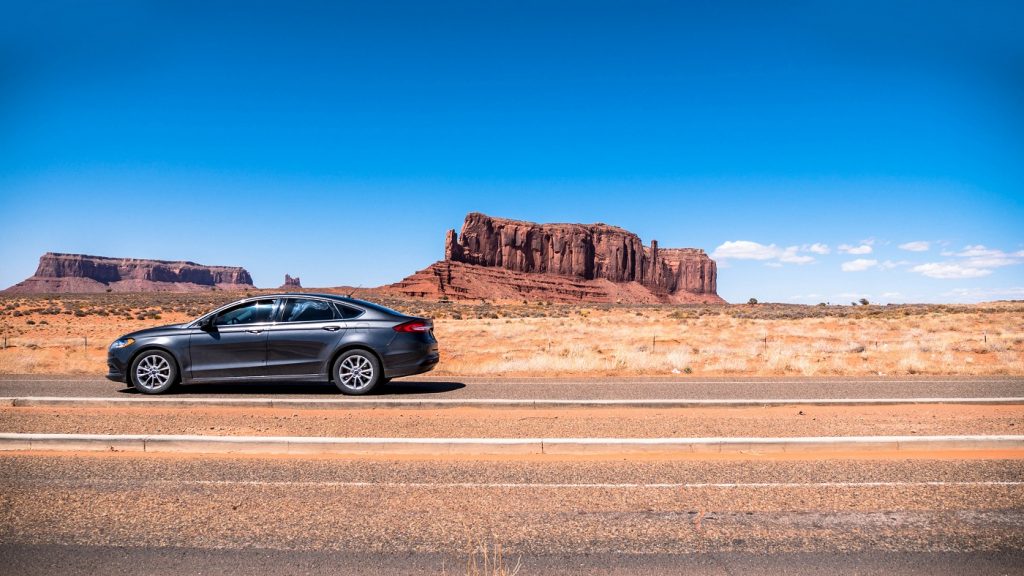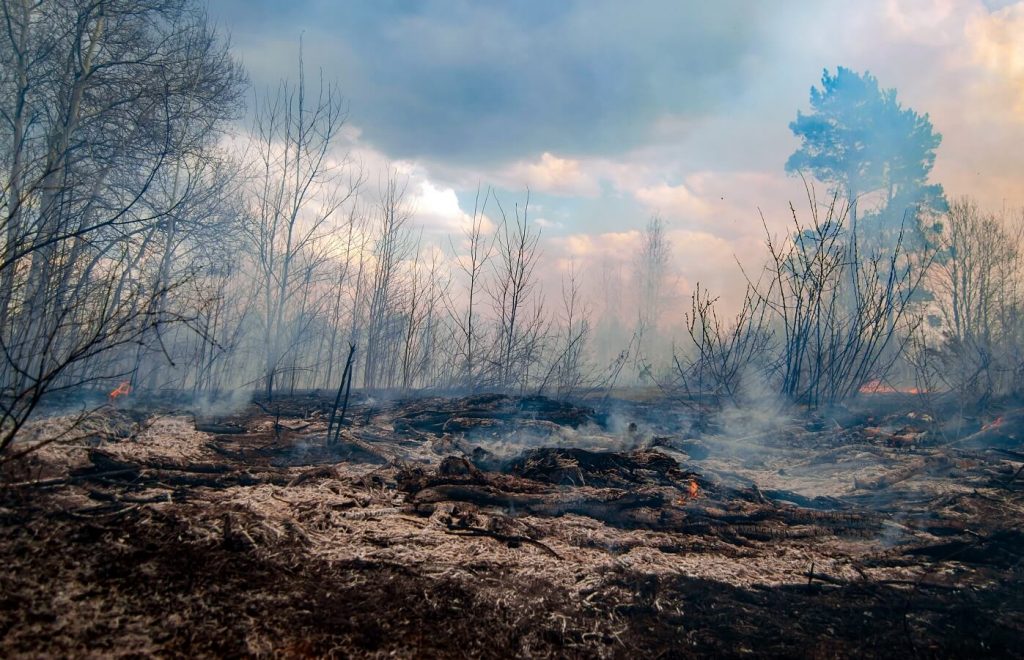We began as a nomadic people. It was only 12,000 years ago that we began to lay our roots and grow our food. Now with climate change; more and more people are back on the move once again. Climate migration is pushing people away from their homelands and across countries and the world.
What is climigration (climate migration)?
Climate migration, or climigration, is the movement of people due to hardship by climate change. This movement can be caused by many events. These events are called shocks and stressors.
Shocks
Shocks are often hard hitting natural disasters. An example of a shock would be a whole village being abandoned because a monsoon wiped it out
Stressors
Stressors are often long term events that put pressure on the area. An example would be farmers leaving their farms because of a drought.
Some shocks and stressors that will cause climigration
- Monsoons
- Wildfires
- Tsunamis
- Droughts
- Permafrost thaw
- Sea-level rise
Examples of climate migration
Hurricane Eta
Hurricane Eta hit the tropics in early November 2020. Beginning on the west coast of Africa, it traveled westward, quickly ramping up from a tropical depression to a category 4 hurricane. It then made landfall in Nicaragua and slowly turned towards the gulf of Mexico. It made landfall again in the Florida keys as a tropical depression. In central America 110,000 people were displaced and took refuge at temporary shelters.
Tropical cyclone Idai and Kenneth
Deemed the worst natural disaster to hit South Africa in two decades, Tropical cyclone Idai hit Beira, Mozambique on March 14th. It lingered before moving across to the neighboring countries of Zimbabwe and Malawi. This category 3 storm dropped heavy rain and high winds that led to widespread flash flooding.
Its brother cyclone Kenneth came six weeks later. Hitting northern Mozambique as a category 4 storm. The less populated, but unprepared populace was roughed up with 140 mph winds and a 12-16 foot storm surge.
The sibling cyclones made history not only as the strongest hurricanes this area has ever recorded but also having hit the area in the same season. 160,927 people were displaced with millions needing assistance.
Dixie wildfire: California
Beginning in July of 2021 and ending October of the same year; the Dixie wildfire consumed over 900,000 acres of California land. This fire ranged over two state parks and leveled the entire town of Greenville, California. Over 1300 structures including 700 homes went up in smoke.
Australian wildfires: 2019-2020
Spanning October 2019 to January of the following year. The Australian wildfires torched millions of acres of eucalyptus forest. This fire killed or displaced over 3 billion animals. A side effect of the CO2 emissions was a massive phytoplankton bloom over the pacific ocean. Equal to the size of Australia itself.
These fires are helping scientists link wildfires, atmospheric CO2 and marine ecosystems to improve carbon cycle models.
Climate migration maps
Sea Level Rise 2040-2060
Since the dawn of time civilizations have been centered around water. It plays a vital role in agriculture and transportation. As of 2017 the US has 94.7 million inhabitants on its coasts. In less than 50 years many of them could be underwater, according to this climate change map.
Sahara desert changes(observed and simulated) between 1950-2050
The Sahara desert grew past simulated predictions from 1950-2015. Simulated predictions 2015-2050 show a decrease in Sahara desert in most areas. These predictions are based on climate and vegetation trends.
North American wildfire projections 2040-2071
With large scale wildfires being all the more common. People may get to the point where living in these areas is not worth the risk. In the next few decades sections of Oregon, California, Nevada and Idaho may have more than two large fires a year.
According to the National Wildfire Coordinating group Class G wildfires, the most destructive, burn 5,000 acres or more. In 2020 they had 27 large wildfires that exceeded 100,000 acres of land. That will put a strain on the ecosystems, first responders and tax dollars.
Climigration predictions for 2050
Climate migration in the United States
Climigration in the US will occur because of both outside and inside forces. The sea level will rise an average of 10-12 ft in the next 30 years. This will push massive populations inward. While the crop areas of the Midwest will see a decrease crop yield of at least 10% in the same time frame. The crop yield projection also comes with a 1-20 chance of a 20% decrease.
The US will essentially be a triple decker population sandwich with the bread being climate change.
Climate migration worldwide
Those most affected by climate change are populations of poorer countries. So it comes as no surprise that projections indicate Sub-Saharan Africa, South Asia, and Latin America will have the most movement. What is surprising is that 3% of the 143 million people in these areas will move within their countries by 2050.
Climigration predictions for 2070
More than 3 billion people may live outside the “human climate niche” by 2070. This was the temperate zone for much of human history. Where agriculture is the most abundant.
3 billion of us may be in a desert-like environment where the mean temp is in the 80’s. If this comes to pass we would have two choices: Adapt or migrate:
Problems
Gray area of the law.
Human movement due to environmental factors is not a new concept. But the recognition of it is still in the works. It is due to a lot of specifics in the law.
For example:
When it occurs in a country; these people are deemed Internally Displaced People(IDP).
But for out of country movement; under current US law climate migrants do not count as refugees.
To qualify as a refugee under U.S. law: an individual must generally be outside his or her country of nationality (or if the individual is stateless, outside his country of last habitual residence), and be unable or unwilling to return to that country because of persecution or a well-founded fear of persecution on account of a protected characteristic including race, religion, nationality, membership of a particular social group, or political opinion
Now a hurricane is not destroying your home because you’re Jewish. And a wildfire is burning down your farm because you’re black. It’s just nature taking its course. So as a climate migrant you currently cannot legally claim refugee status.
To circumvent this the US has what is called the Temporary Protected Status (TPS).
This allows for individuals to remain in the United States if extraordinary and temporary conditions, like an environmental disaster, prevent their return to their country of origin.
But TPS has some caveats:
- It does not protect individuals who arrive after the date of designation. Making it likely to exclude many of those forced to flee because of the disaster or event.
- This statute also requires that the foreign government officially request TPS designation in cases of environmental disaster. This limits its application for nationals of countries without sufficient government capacity to request TPS. Which are ironically the countries who are affected most by climate disasters.
Micronesia, the Marshall Islands, and Palau, have protections under the Compact of Free Association (CFA). But such protections are only beneficial to the small portion of climate migrants that actually make it to the United States.
There are simply no permanent solution in place for climate migrants
Another gray area are people designated “stateless”. These people have no country of origin, officially. Now that sounds insane. But in an emergency you are only a few missing documents away from being on.
Statelessness can occur from a variety of different causes.
Including:
- Loss of Identity documentation.
- Difficulty accessing resources to replace documentation.
- Loss of ties to country of origin, without acquisition of new nationality.
- New country formation.
- Gender discrimination in nationality laws.
- Conflicts of laws leading to children being born without entitlement to nationality.
These stateless people are more at risk of poverty and exploitation of criminal groups due to their lack of protection under the law.
Disparate goals
Another problem with climigration is that solutions have to be made for both those that stay in affected areas and those that wish to go. This splits the focus between two goals. When not everyone is on the same page progress is slower.
Migration from going green
Moving towards green economies will push people to migrate. These people will be the ones that worked in dirty industries and be phased out. China and India combine for over 4 trillion tons of coal per year. Though they are slow to move towards a green economy when they do, hundreds of thousands of people will lose their jobs.
We are seeing a similar situation with coal production in the US. Namely West Virginia and Wyoming where their whole economies were built on it. Now it is being phased out and people are left picking up the pieces..
2021 US report on Climigration
Within this report the US recognizes that climate change and migration should be viewed as one issue.
Here are some important notes from the report:
- Africa
Africa is already seeing increased mobility due to shifting precipitation patterns and drought. The US is aiding Africa by managing droughts, and adding stability to the rural areas increasing food and water security. They are also giving more opportunity to youth of rural villages by allowing them to get higher paying jobs. This allows them to send money via remittance money transfers back to their villages. A system they are also looking to improve.
On top of this they are also looking to bolster local governments to act when a climate disaster strikes.
- Asia
While Africa’s issues revolve around lack of water. Asia’s issues come from an abundance of it. The rainy season comes with floods, typhoons, and landslides. All exacerbated by increased urbanization and climate change. Land that once absorbed the water now expels it causes flooded roads constantly in cities like Bangkok.
The US looks to bolster these countries by funding Disaster Risk Reduction programs and agencies that will overlook these programs. These programs are like the firefighters of natural disasters. They make sure systems are in place to prevent fire but in the case of one they spring into action to save lives and property. The US will also look to do more in state specific studies to see where more detailed plans can be implemented.
- Central America
With a focus on El Salvador, Guatemala and Honduras; the US is looking at more nature based solutions. This includes conservation of the lush forests which house incredible biodiversity and the upgrading of agricultural practices.
Solutions:
Solutions for climigration are a mixture of proactive and reactive decision making. It looks like this
Proactive measures: alleviating shocks and stressors.
- Space measurements
Using technology we can help determine weather and climate patterns to determine vulnerable areas and assist before things get bad.
- Food scarcity analytics
These analytics aim to add security to supply chains through analyzing and predicting weather and climate patterns
- Creating state run organizations
Large multi-country organizations are slow to aid. State specific groups can get help more quickly and efficiently with funding from the large organizations.
Risk informed decision making
Risk informed decision making allows the people in the climate risk zones to decide their fate. Most climate hardship occurs from lack of information.
Reactive measures
After being prepared and informed, in theory the populace should be able to handle the climate situation.
Climate migration statistics
Here are several statistics showing that climate migration will only grow:
- 98 percent of disasters were related to “weather and climate” and internally displaced tallied 30.7 million people in 2020.
- The Sahara desert is growing roughly 10% every 100 years.
- Globally it is thought that two-thirds of IDPs reside in urban and peri-urban areas
- The Dixie fire blaze destroyed 1,329 structures and cost hundreds of millions of dollars to fight.
- China is #1 in coal production at 3.7 trillion tons.
- The US hosted 51 million international migrants in 2020. More than tripling #2 Germany at 16 million.
- Remittance transfers have increased 5 times since 2000 from 126 billion to 717 billion in 2019.
- There are an average of 6 hurricanes in the Atlantic ocean each year.
- 74% of international migrants are of working age (20-64 years)
- Female migrants make up 51.7% of migrant population in US
- The Mediterranean Sea makes up the majority of migrant deaths with 17,919.
- Beginning in 2011 the Syrian Arab republic has seen a exponential increase in emmigration.(7 million from 2011-2018)
- Turkey has seen the most immigration with 3.6 million being from Syrian Arab Republic
- There are three major types of migration: urbanization, labor and refugee.
- Arctic Terns hold the record for longest annual migration; 44,000 miles a year
Climate migration books
Interested in climigration? Here are some great books to pick up.
Move: How Mass Migration Will Reshape the World - and What it Means for You
The Next Great Migration: The Beauty and Terror of Life on the Move
Climate and Human Migration: Past Experiences, Future Challenges
For more, check out this article on climate migration books and this one on climate migration maps.






